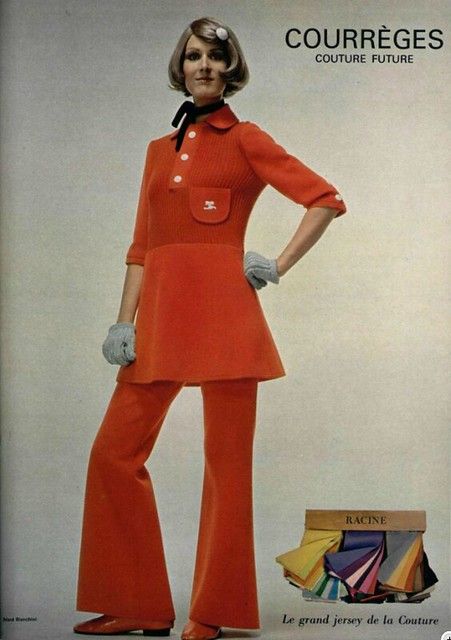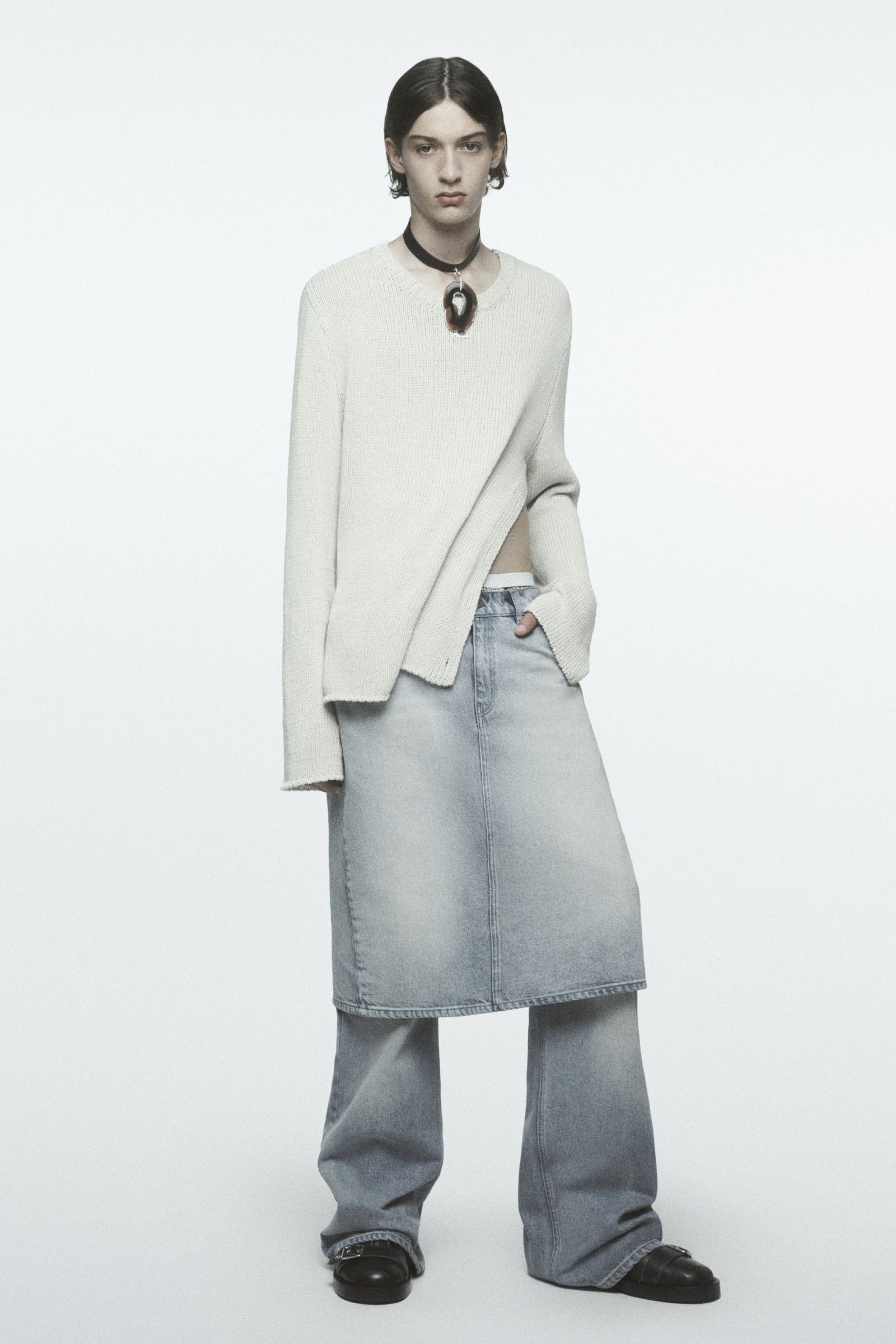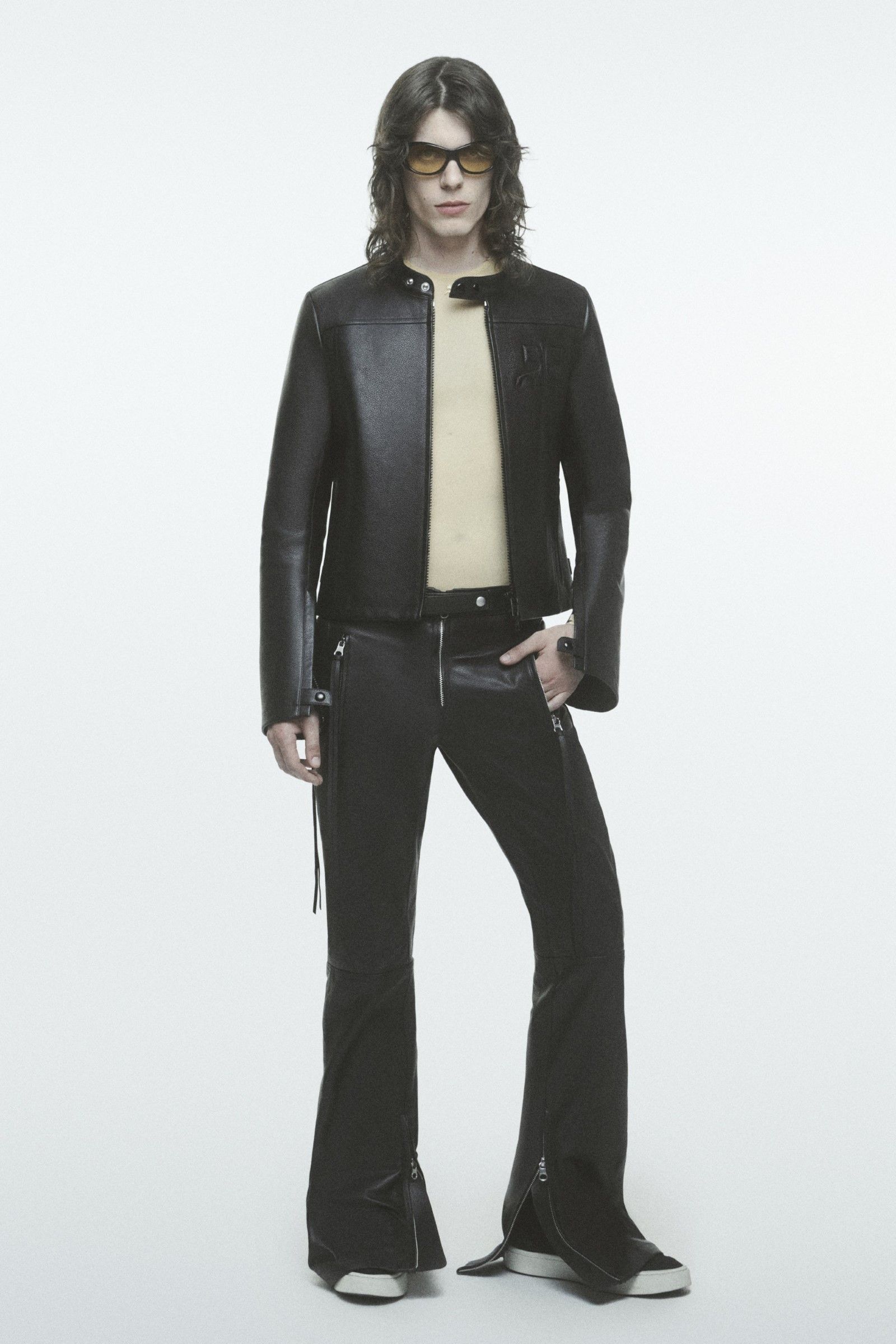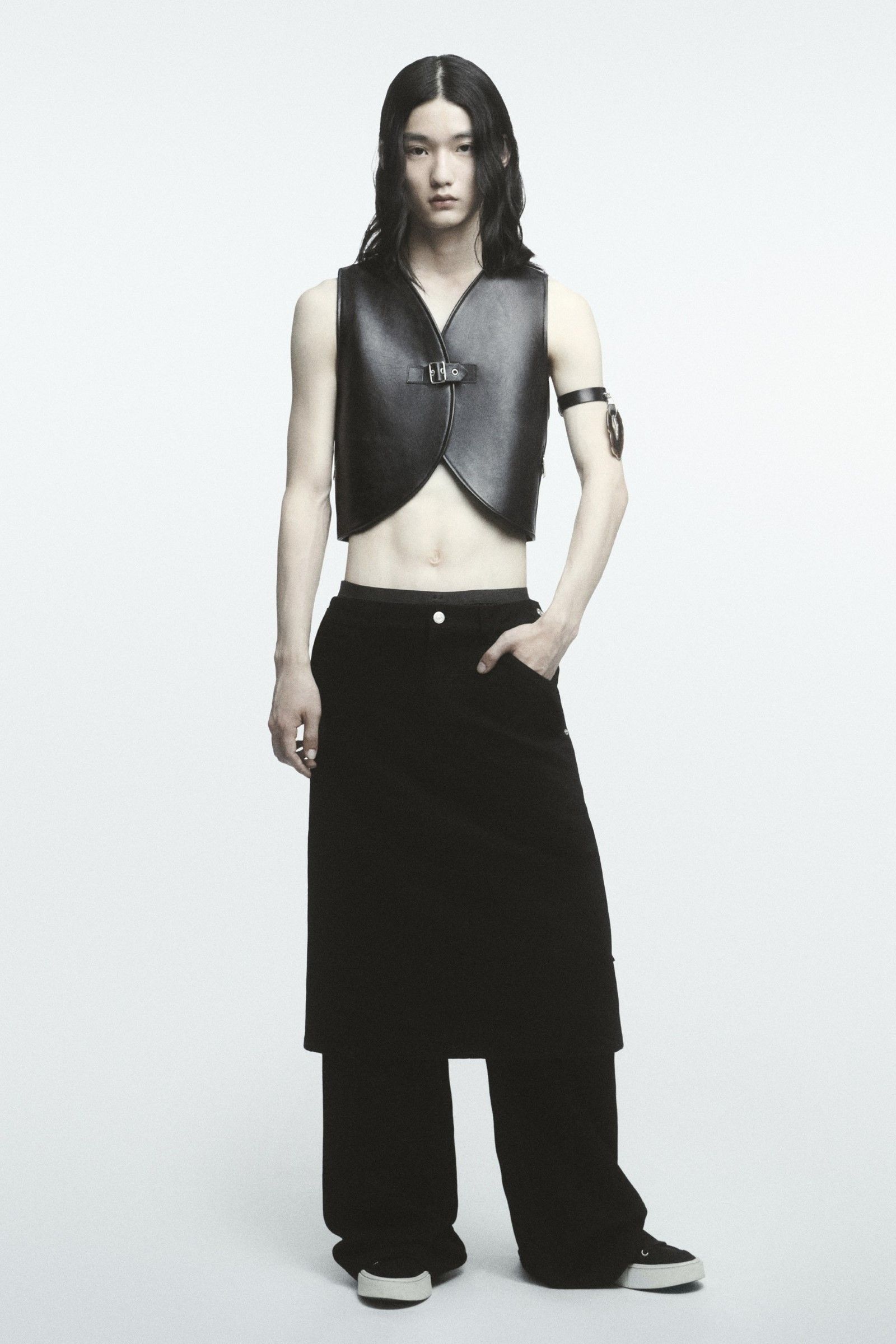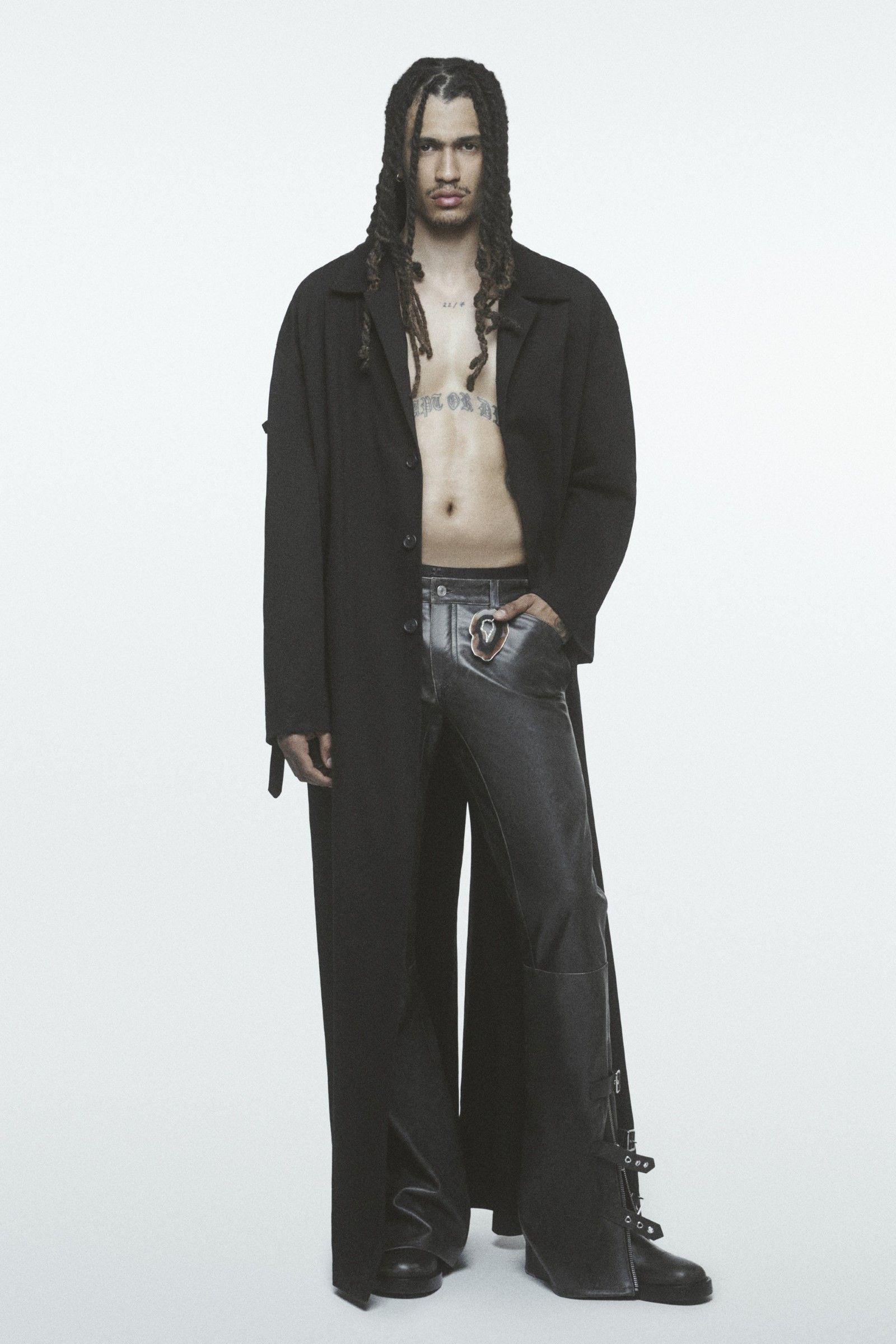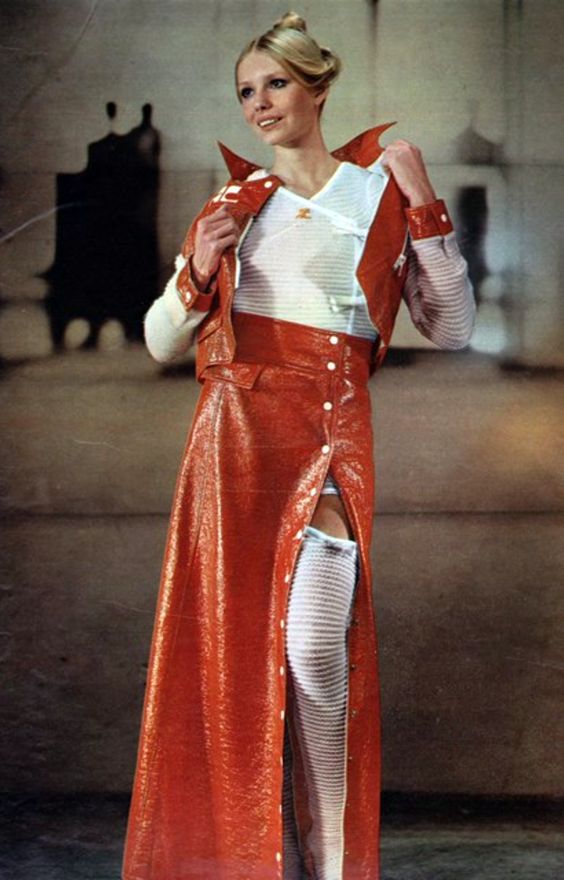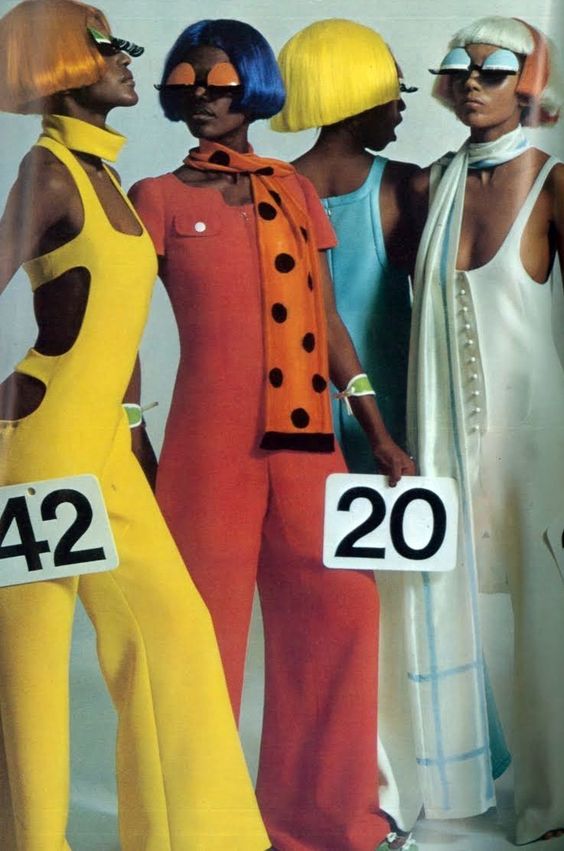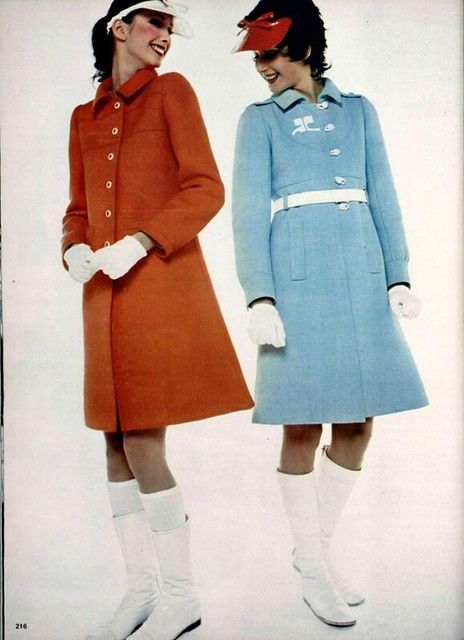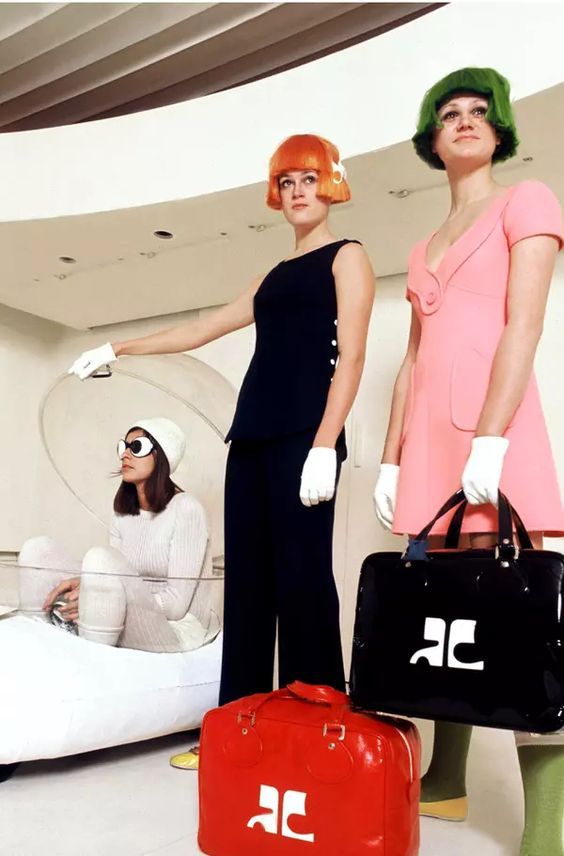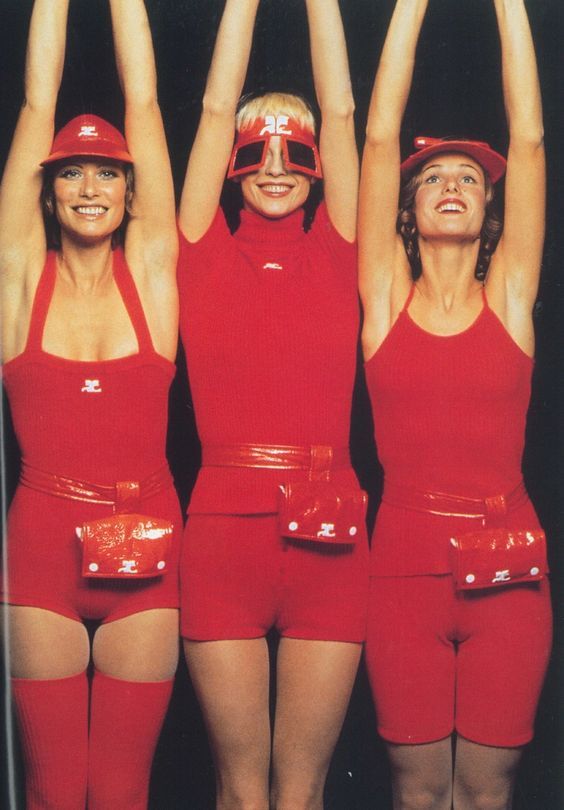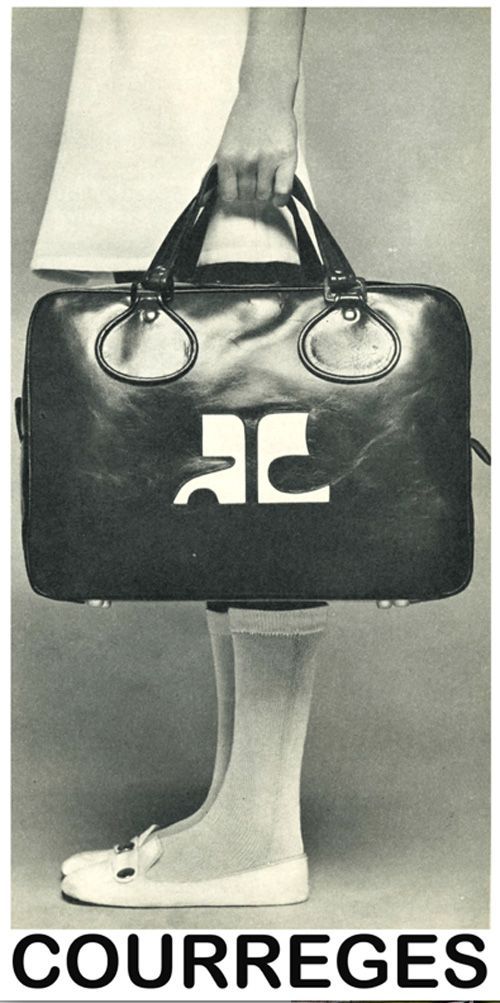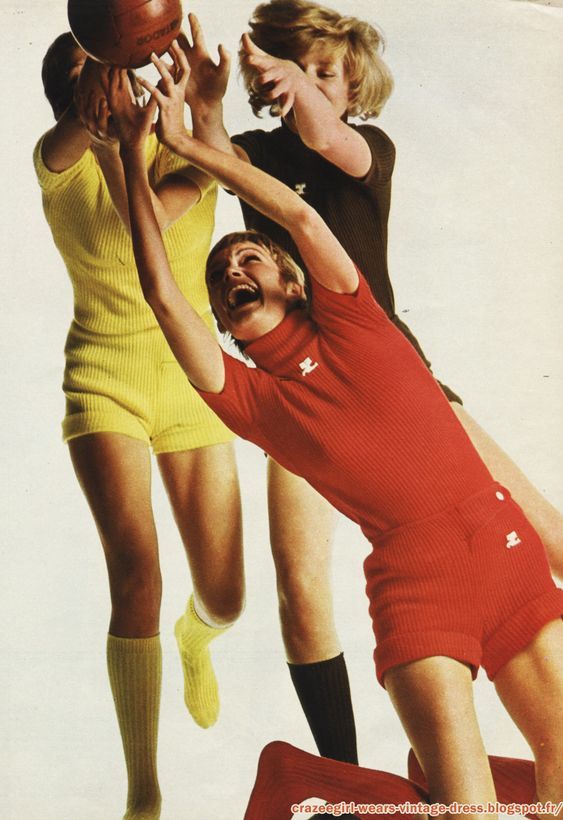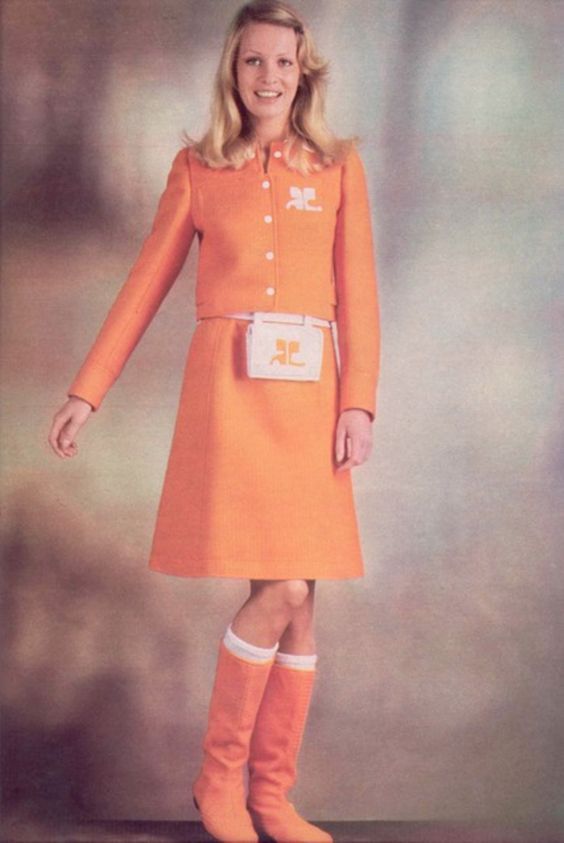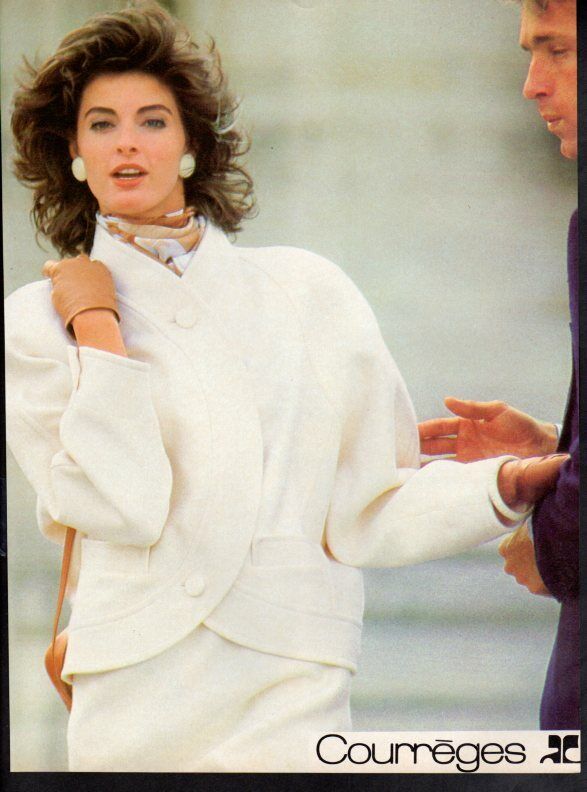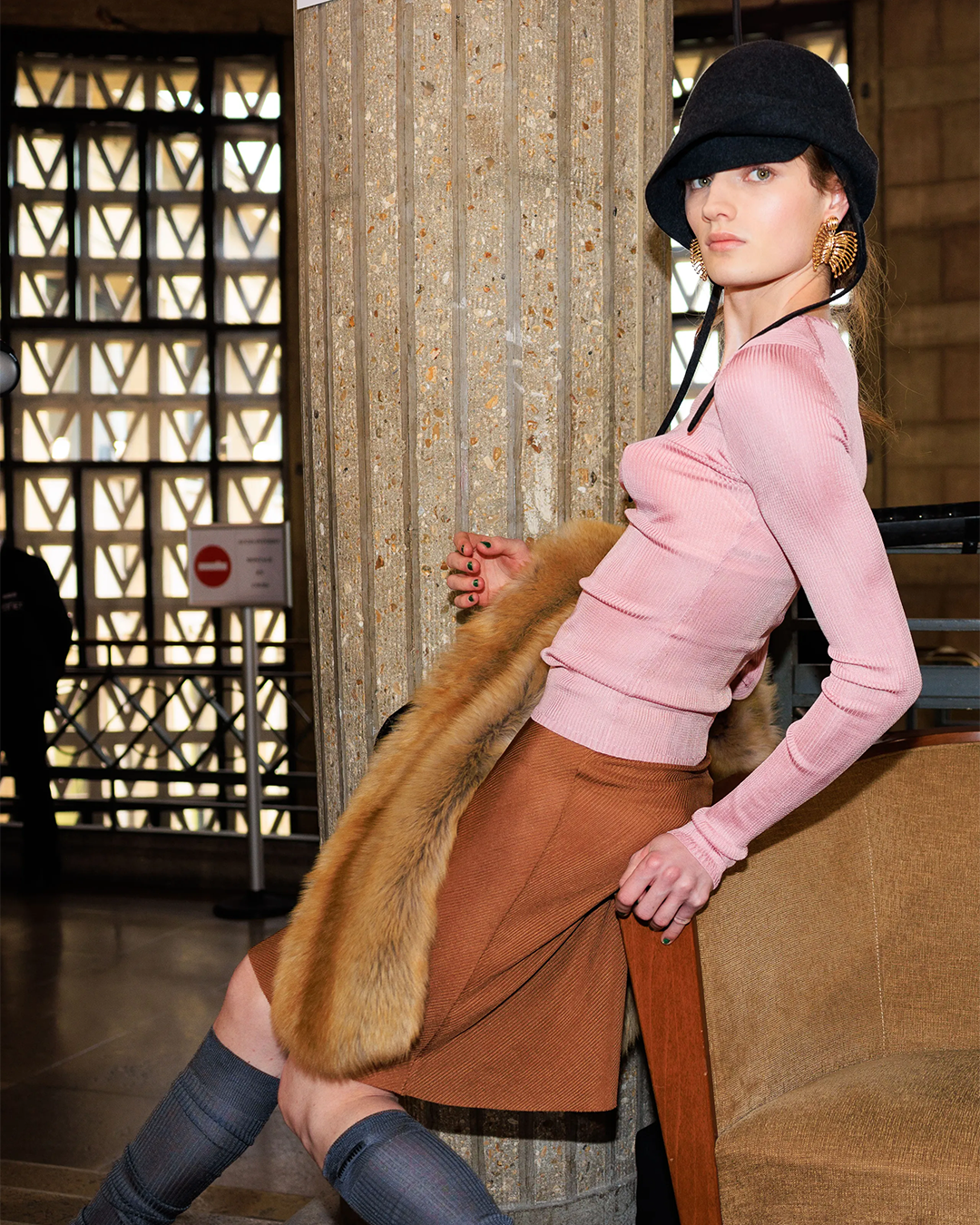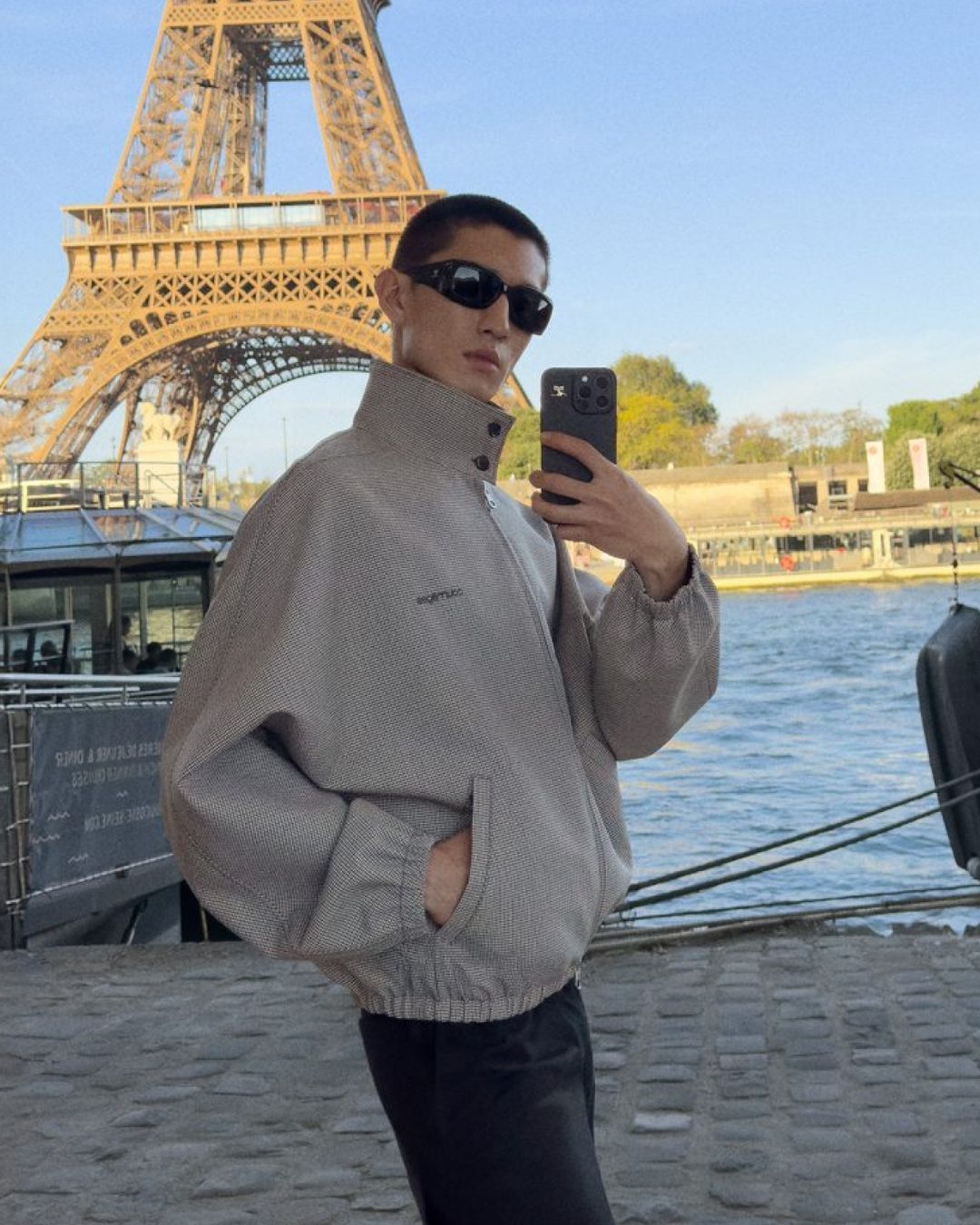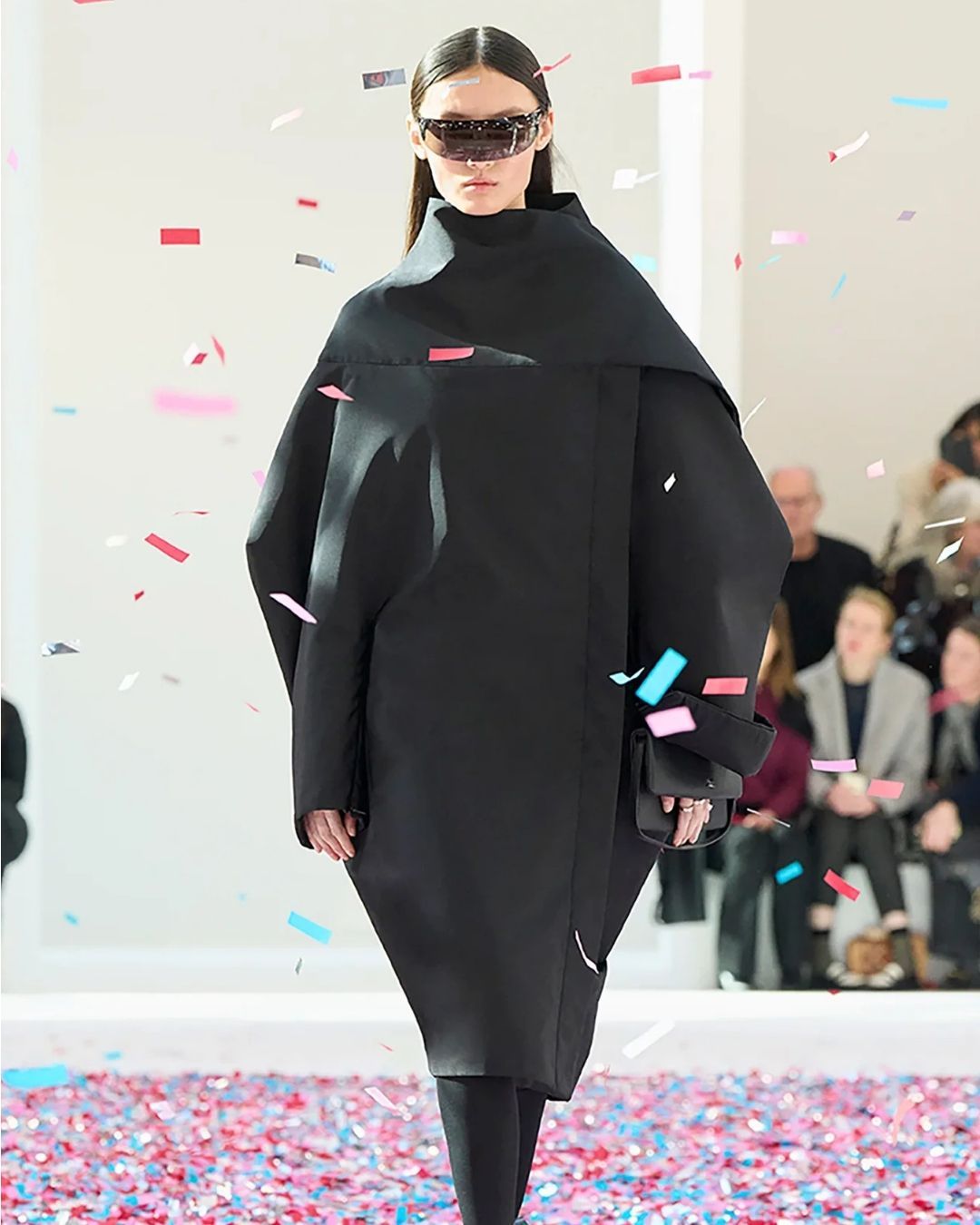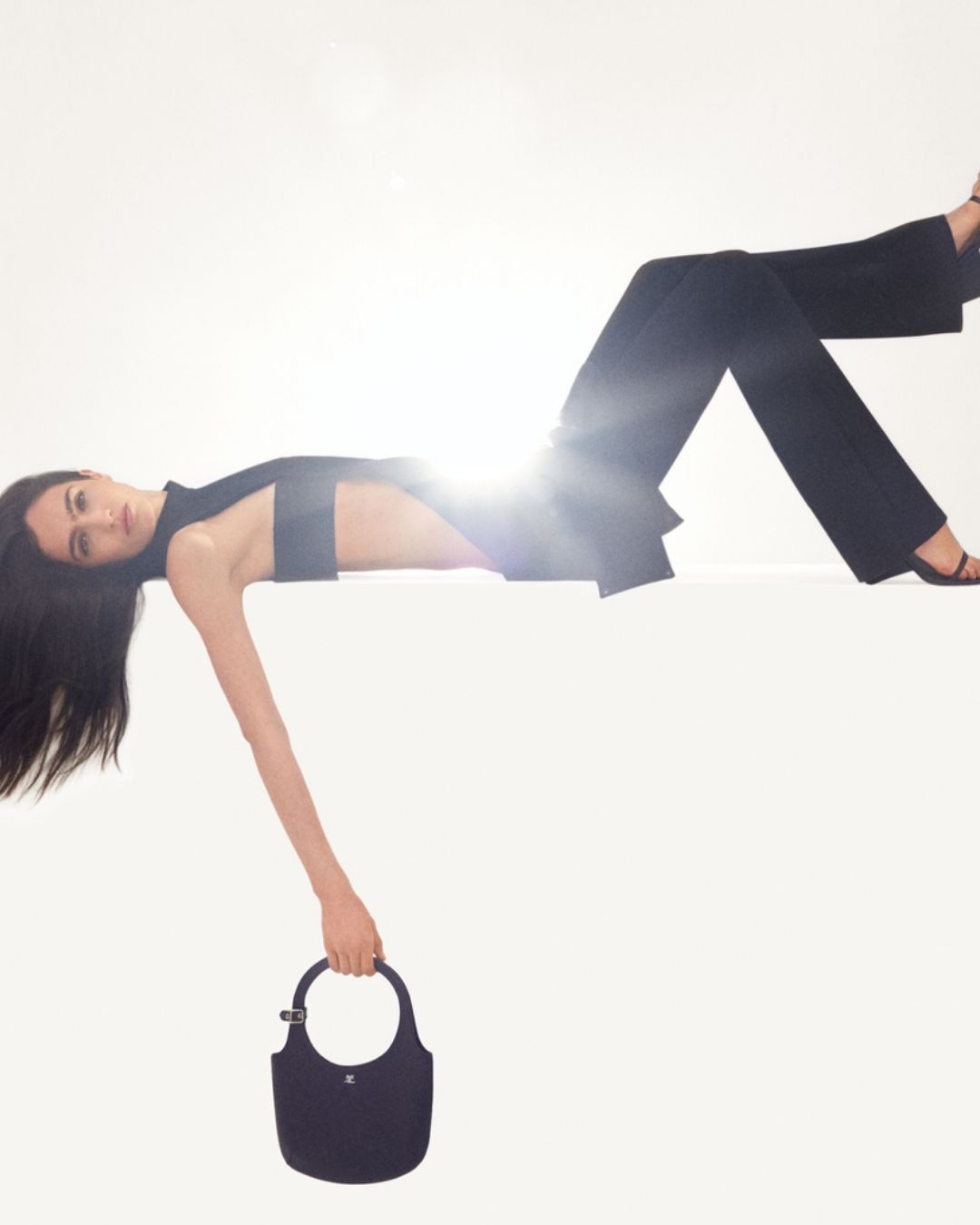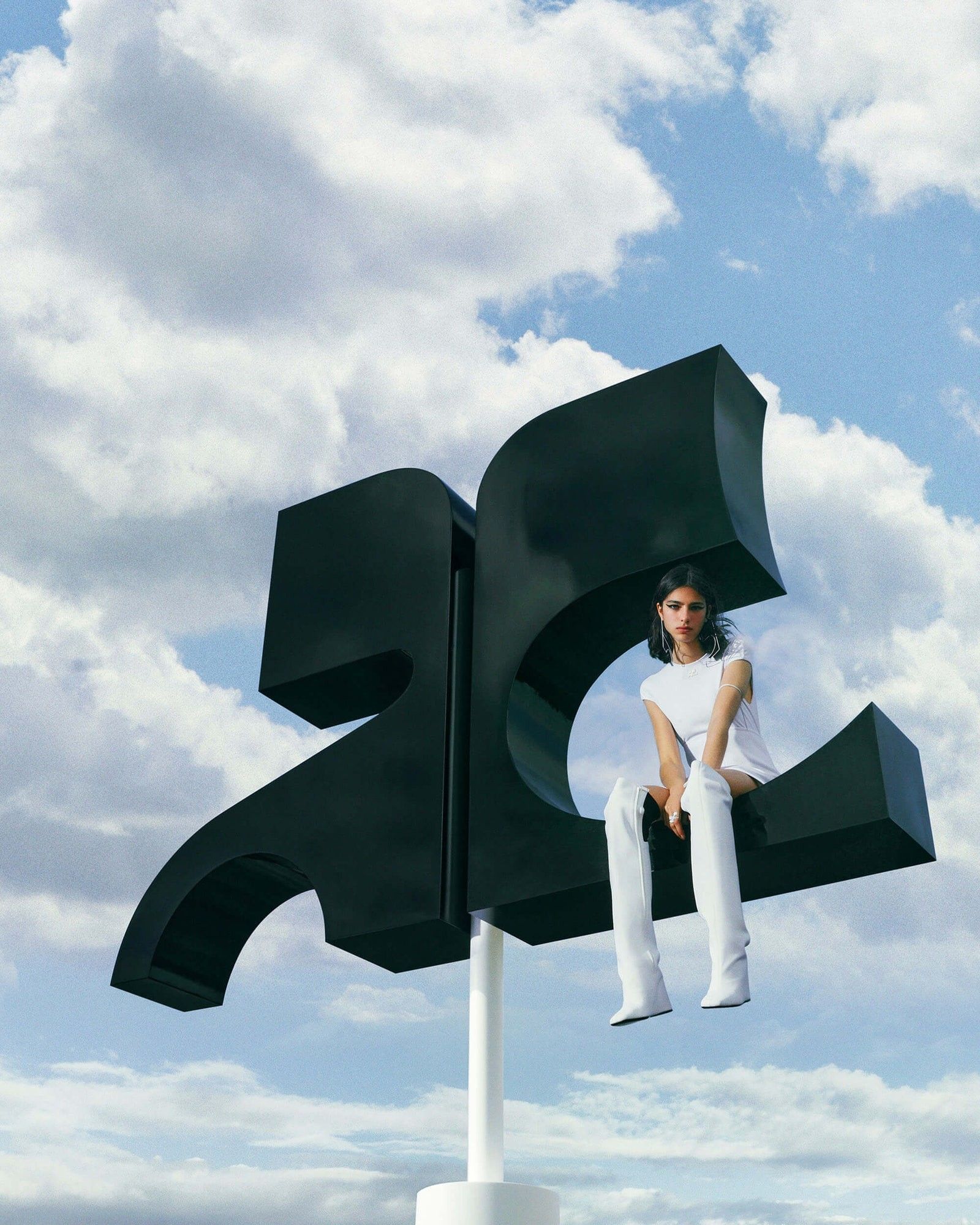
Why Courregès is the best fashion revival in recent years Interpreting the spirit does not mean copying the past
Nicolas Di Felice is having his moment. Courrèges, the brand that was entrusted to him almost exactly three years ago, is not only appreciated by critics, but you can actually see it out and about, worn on the street by real people-perhaps the best compliment you can give a designer. The success of the revival was by no means a foregone conclusion: what would a brand-symbol of the 1960s have to say to today's audience? The risk was, of course, of being faced with one of those brand-zombies who use a more or less recognizable name to disguise an identity completely unrelated to the past. But Courrèges was (and has remained) a particular brand: born in the 1960s as the first fashion house to want to detach itself from the past, founded by an engineering student and former student of the great Balenciaga, to the cry of "beauty is logical," the brand introduced and popularized welt stitching to stiffen hems, wool gabardine to create durable clothes, and in general an approach to daywear all geared to modernity, to the now. Now, in a recent interview with BoF, Di Felice uttered a phrase that any designer grappling with a revival should frame in his or her studio: «The worst thing would be to try to copy, to parody, to try to resurrect what no longer exists. Nothing ages a brand more than imitating itself». What Di Felice meant, that is, is that a successful revival operation (but at this point, even a mere inspiration) is based more on interpreting the original spirit of the design, on the approach followed by the founder, rather than on a cast of the past.
In the 1960s, André Courrèges wanted to define the look of the modern woman by strokes of short, trapezoidal-shaped skirts, introduce flat shoes, and simple, geometric cuts. Geometry, for example, remained the basis of Di Felice's work, who told Vogue: «Everything comes from the shape of the circle, the ellipse, which is really cool, and quite André [Courrèges, ed]». Traces of the old can be seen in the new Courrèges: a red suit from 1972, cropped with belt bag and a white logo on the chest seems to have been designed the day before yesterday; the same can be said for those colorful basics with such clean and concise lines, of the rectangular bags decorated with a single large logo, for the cut-outs of suits and dresses. A first fundamental difference in the practical solutions aimed at «help [women] coincide with their time» was that the original Courrèges used harder and stiffer materials to create a kind of "box" in which to accommodate the woman with clothes that would go «beyond bosoms, buttocks and all female shapes» while the modern fabrics used by Di Felice reveal all those forms, in both men and women, but with the same liberating intention and responding to a world where the most immediately functional clothes are already mass-produced and therefore the demands of modernity turn on modularity of the various pieces (which are often basics), wearability, and a work on the genderless silhouette that is now essential to dialogue with a modern clientele. If for André Courrèges, modernity was the exploration of space, with its modern materials and forms; in 2023, the exploration is of the identities and possibilities of dress. It is no longer a matter of modernizing the way the customer lives in the world but of bringing the way the customer lives into the world: in both cases, and with different outcomes, the aim is to match clothes to their era.
All of the many features that make vintage suits (and especially jackets) so modern and are still present in the new Courrèges but Di Felice has reinterpreted them, in very general terms, through functional designs with terse lines, visually dense fabrics, and essential and precise geometries found in the symmetries and joints of the various tailoring elements. Completely eliminated appear the garish colors of the origins, red aside, just as the rigid wool gabardine dresses of the 1970s have become asymmetrical undershirts, bodysuits and dresses in soft jersey and denim, and trucker jackets with large lapels. Instead, it is interesting to note the color discourse: Courrèges believed that women of the time were « archaic in appearance» and one could «make women happier by bringing both more white and more colour into their lives» precisely because the dominant colors until then had been the grays, blacks, and blues of classic couture-in the 1950s, you didn't see much orange around. Di Felice has reversed the reasoning: since our era is also too colorful, his palette has become stricter, responding to the same needs with opposite outcomes. It is a completely different proposal from its origins but, at the same time, it seems an ideal continuation of them.
But the most interesting part is once again the modern reinvention of the brand's original spirit. In the founder's intentions, in fact, Courrèges was meant to be a response to that genteel fashion of the 1950s so attached to the past - a response formulated with the same tools and the same quest for chic as classic French luxury but giving quite opposite results. Quite unusually, in fact, when he had presented his debut collection in '61 (the famous Moon Girl collection was from 1964) Courrèges had included only a few dozen day dresses and none for evening, openly going against the rules of couture that called for presentations with more than a hundred looks divided between day and evening. The choice had perhaps been dictated by a lack of funds (evening gowns are more precious and therefore more expensive to produce) but it had also been a programmatic decision due to the desire to create a modern wardrobe to be worn, precisely, every day. The issue of accessibility was also touched upon by both designers. Last year, Di Felice said again to Vogue: «Back in the day, Andre [Courrèges] was speaking to the young generation. [...] So I really want young people to be able to afford the clothes». A sentiment similar to that of the original designer who launched two diffusion lines to be more democratic, who declared that he was not interested in the luxury of clothes but in their functionality, and who once said: «I perfectly well realise how utterly immoral my high prices are. My public is far too limited. Soon I should have the possibility and the means to dress the women who do not have the means to dress in original Courrèges. Working women have always interested me the most. They belong to the present, the future».
In short, the work that Di Felice has done (and of which he himself would perhaps be the best popularizer) is the deductive one of starting from the same general premises established by the founder to arrive at particular solutions that are different from those of the past. The opposite of this method, which we might call inductive, would instead be to start from archival clothing and then trace it back to brand identity. Only the latter method necessarily leads to a brand identity different from the original one while the "deductive" method starts from that original identity and then arrives at different outcomes that, however, remain a consequence of those intentions. A method that many more designers should keep in mind: after all, beauty, as Courrèges said, is only logic.










































